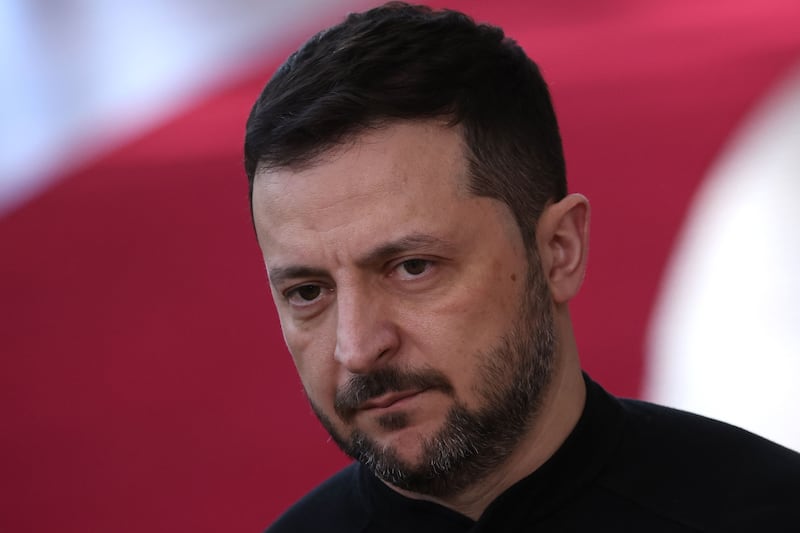The European Commission is pushing for an agreement to freeze sanctioned Russian assets for a longer three-year period to allow windfall profits from the assets to back a loan of up to €35 billion for Ukraine. The commission hopes the agreement will be in place by the end of this month.
The proposal to provide a significant loan to Ukraine to support it in its war with Russia was discussed at a meeting of EU finance ministers in Luxembourg on Tuesday. Billions of euro of Russian assets, the majority of which were in the EU, were frozen as part of sanctions targeting Russia after it invaded Ukraine in early 2022.
The EU, US, Britain and other G7 allies proposed using the profits from the frozen assets to back a €46 billion loan to Ukraine. The commission previously said the EU planned to provide up to €35 billion of this loan.
At present the EU must unanimously agree to roll over the sanctions freezing the Russian assets every six months. This has led to concerns that right-wing Hungarian prime minister Viktor Orban, who has opposed EU military aid to Ukraine, could block the renewal of sanctions at some point.
Zelenskiy says Ukraine ‘fully committed’ to talks ahead of US meeting in Saudi Arabia
Trump’s supporters count themselves as conservatives, but what he’s doing is radical
Zelenskiy: Latest strikes on Ukraine show Russia’s objectives have not changed
Europe’s Trump whisperers: Starmer, Macron and Meloni seem like an odd grouping
Under the plans for the loan the EU has proposed the sanctions on Russian frozen assets would come up for renewal after three years, rather than every six months. This extension is seen as crucial to assuring the United States to follow through on its portion of the loan.
EU commissioner for the economy Paolo Gentiloni said it was hoped there would be agreement on extending sanctions on the assets for the three-year period by the end of this month. “This sends a clear message to the Kremlin that they will pay directly for its war of aggression.”
Speaking at a press conference following the meeting of finance ministers, Mr Gentiloni said Ukraine was facing into a “hard winter”. There had been “quasi unanimous” support for the sanctions extension in the meeting, he said.
Hungarian minister of finance Mihaly Varga said his country’s view was that the decision to makes changes to the sanction regime should wait until after the US presidential election in early November.
The loan from the EU is designed so that if other G7 allies come on board to provide part of the total €46 billion loan as planned, the amount the EU is required to put forward will drop.
- Sign up for push alerts and have the best news, analysis and comment delivered directly to your phone
- Join The Irish Times on WhatsApp and stay up to date
- Listen to our Inside Politics podcast for the best political chat and analysis















